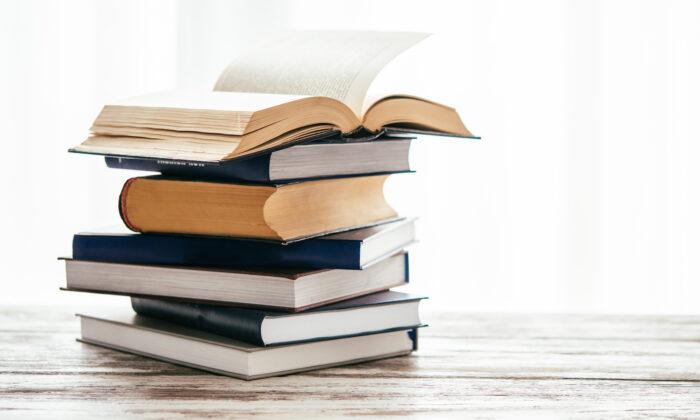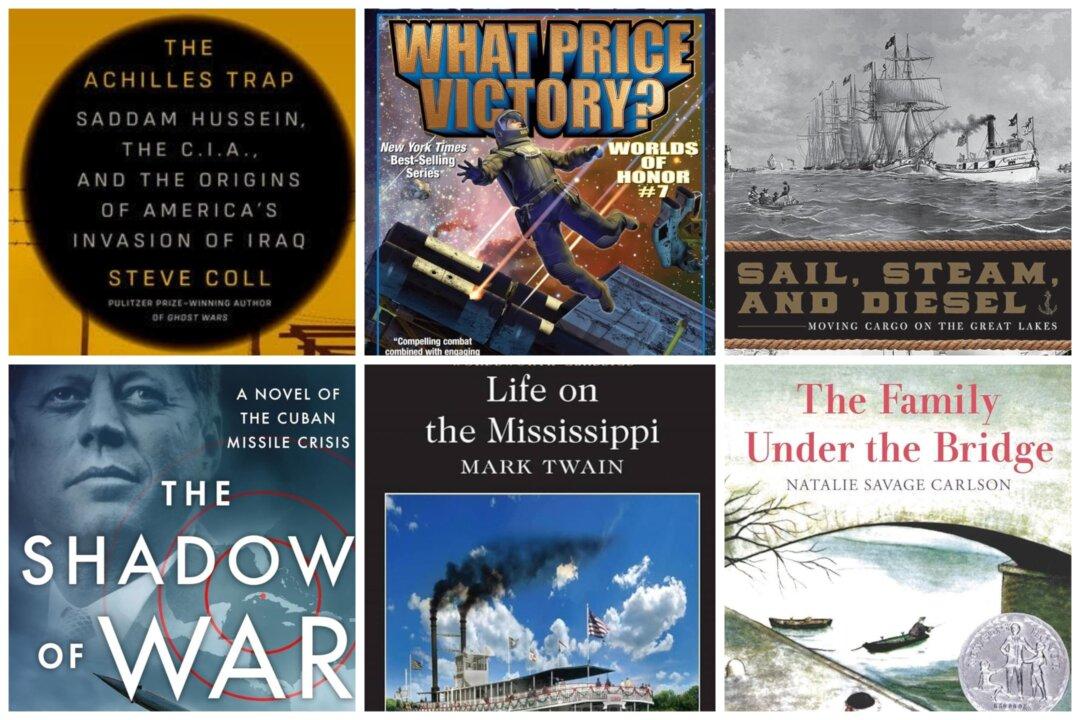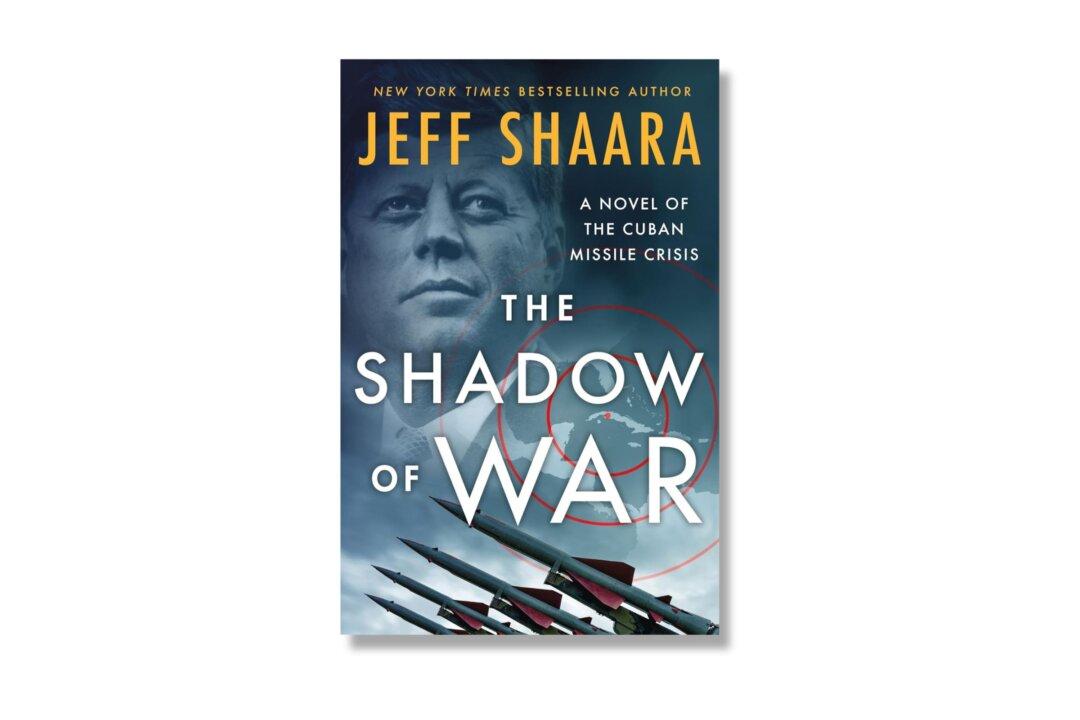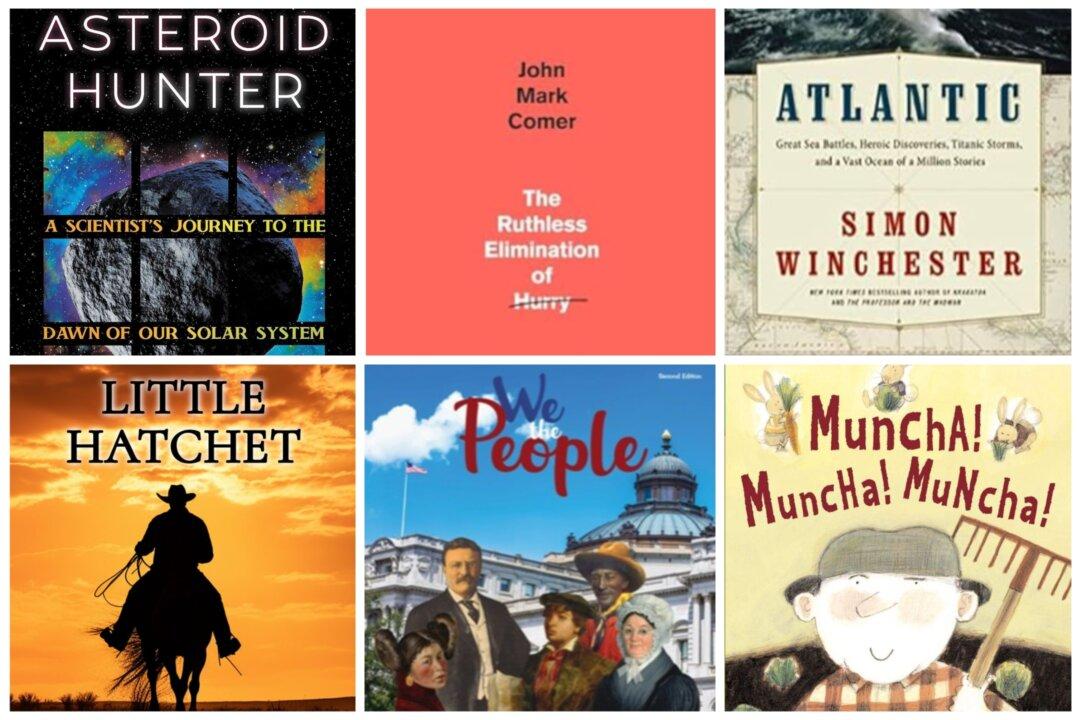Some readers may be homeschooling their children this year. Others may have enrolled them in private, public, or charter schools. But whatever means we have selected for our children’s education, the desired end results for all of us are pretty much the same. We want our kids to leave high school not only with a diploma in hand, but with a solid grounding in academics: math, science, history, a foreign language, and composition.
And of course, we want them to be competent readers, hoping as well they enjoy reading and will have explored at least some of the great books of our civilization.
In “The Well-Trained Mind: A Guide to Classical Education at Home,” Susan Wise Bauer and her mother Jessie Wise have put together recommended reading lists for every grade. (Two pertinent observations: my public library copy of “The Well-Trained Mind” is also well-thumbed, meaning many have read it. Note, too, that the title indicates the book is for all parents, not just homeschoolers.)
Many of the books recommended by this mother-daughter team are classics of literature, and Bauer and Wise advocate pushing kids academically, believing as I do that students are often far more capable of achieving the high bar than we give them credit for. Yet the authors recognize that some students may lack the reading abilities or the interest to tackle some of these works. They advise, “As always, use your common sense. If you glance over a book and think it’s too difficult or if the student begins it and struggles for more than a couple of chapters, skip it and move on.”
The Historical Approach
Bauer and Wise’s literature lists parallel their program’s history syllabus. Sixth-graders focus on poetry, stories, and biographies centered on the Middle Ages and the Early Renaissance. Those in grade seven read books about the years 1600-1850, and eighth-grade students study literary works from the modern era.Even without following the Bauer-Wise history syllabus, this approach of dividing literature into historic periods for study offers students the advantage of studying an epoch rather than jumping back and forth in time. On the sixth grade list, for example, we find J.R.R.R. Tolkien’s “Sir Gawain and the Green Knight,” which I taught with excellent results to my homeschooling students. Here too is Margaret Hodges’s wonderfully illustrated “Saint George and the Dragon,” Marguerite de Angeli’s “The Door in the Wall,” and Allen French’s “The Story of Rolf and the Viking Bow,” all of which I either read aloud to my children when they were young or had them read as a part of their school day.
Other books recommended by Bauer and Wise that I once taught to homeschooling students, often in connection with a history course, are such books as Jane Austen’s “Pride and Prejudice,” Samuel Taylor Coleridge’s “The Rime of the Ancient Mariner,” Charles Dickens’s “A Christmas Carol,” Marjorie Kinnan Rawlings’s “The Yearling,” and several more.
Slipping Away From the Present
These classics are good for our middle-school students in a myriad of other ways. As I say above, they learn a bit of history when they read Longfellow’s “The Song of Hiawatha,” Alcott’s “Little Women,” and Margaret Mitchell’s “Gone with the Wind.” Moreover, though many of these stories have made it to the big screen, the book is nearly always better than the movie and often quite different. In many of my classes over the years, for instance, I taught “The Christmas Carol.” Students sometimes complained that they knew the Dickens story, but I told them all the movies made from that story can’t reproduce the book’s rich language, and so we concentrated on that in class.Tested by Time
Most of the works recommended in “The Well-Trained Mind” are over a half-century-old—the publication dates on some of the titles represent the most recent release, not the date the book was first issued—and continue to be read in and out of the classroom. They are the books that have lasted.Here, too, in these older books is a prose and morality more innocent than some of today’s young adult novels, stories written for 12-18 year-olds, many of which involving an abundance of fantasy as well as dark plots based on today’s cultural anomalies. Do such stories serve as guides to our teenagers or do they instead offer a bleak and ugly philosophy for living?
Why Not the Best?
In the driveway of the house where I live are two cars: my gray Honda Civic and my son-in-law’s cream-colored Mercedes Benz, unused for several years because of a broken axle. If someone repaired the Mercedes and then offered me a choice of which car I wanted to sport around town, you’d see me that very day happily seated behind the steering wheel of the Mercedes.I’d want the best.
We should want the same for our children.
There are plenty of contemporary novels suitable for our young people, stories that can bring entertainment and even wisdom, and we should encourage them to read these books, just as I enjoy certain suspense novels by authors like Stephen Hunter and James Lee Burke. These are my “popcorn books,” tasty and fun in the consumption, but low in protein.
But school also grants children the time and opportunity to explore some literary classics. It’s doubtful that a 30-year-old banker will pick up “The Trumpeter of Krakow,” “Caddie Woodlawn,” or “Beowulf” for nighttime reading, but a 13-year-old may discover in these and other great books truth, beauty, and goodness.
When we introduce our children to the best in our literature, we are giving them a gift for a lifetime.







Friends Read Free